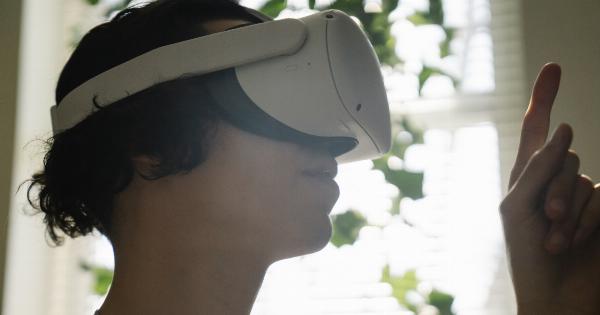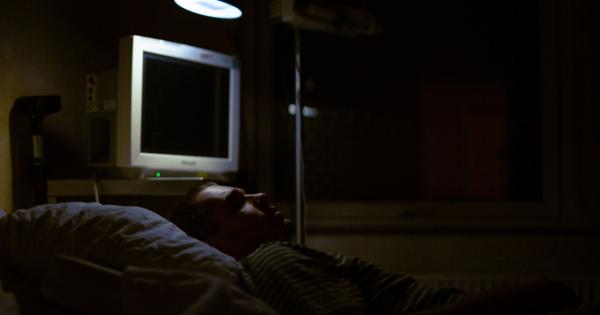Most of us take our sight for granted, using it to navigate our daily lives seamlessly. However, the loss of sight is a terrifying and life-altering experience, leaving one vulnerable to the shadow of sightlessness that haunts their every move.
With no sight to guide them, the visually impaired become lost in a world of darkness, where every step feels like a risk. Those who live with sightlessness often have to contend not only with their loss of vision but also with the fear of the unknown.
Living Without Sight: The Challenges of Sightlessness
For those living with sightlessness, the world can be an intimidating place. Everyday activities, like crossing the road or walking up stairs, become significant challenges.
In addition to these physical challenges, the sense of vulnerability that often accompanies sightlessness can make it difficult for those without sight to engage with the world fully. Some people neglect their interests or passions because they are unable to do them in a way that feels safe.
Support and Assistance: Coping with Sightlessness
While losing one’s sight can be a scary and challenging experience, there are several ways to adjust to living without sight. The foremost among these support mechanisms is the assistance provided by family, friends, and the community at large.
Having a solid network of people who understand your condition and are willing to offer assistance when needed can make all the difference. In addition to this, there are several non-profit organizations and support groups for people living with sightlessness where they can find guidance on how to adapt to their loss of vision.
The Importance of Technology in Sightlessness
With advancements in technology, there are now many devices and tools that aid in the daily lives and independence of those who have lost their sight.
Braille technology, for example, has been crucial in enabling people to read and write without the use of their eyes. Smartphones have made it easier for people with sightlessness to communicate and navigate their environment, through apps that use voice recognition and touch-activated gestures.
Similarly, digital assistants, like Amazon’s Alexa, can assist individuals with sightlessness in carrying out various everyday tasks.
The Stigma and Misconceptions Associated with Sightlessness
Unfortunately, despite the progress made in enhancing the lives of people living without sight, there is still a considerable amount of stigma and misconceptions surrounding sightlessness.
Many people view visual impairment as a debilitating condition that renders someone helpless. While it is true that sightlessness can be challenging, the assumption that people with sightlessness cannot lead fulfilling lives is entirely untrue.
Given the right support and resources, people with sightlessness are capable of living rich, rewarding lives that are just as fulfilling as those of individuals with sight.
We Must Foster a More Inclusive World for Those with Sightlessness
While it is essential to celebrate the advancements made in the technologies and support mechanisms available to people living without sight, much still needs to be done to foster a more inclusive world.
This includes, among other things, eliminating barriers to education and employment, making public spaces and transportation more accessible, and changing societal attitudes toward visual impairments. When we work together to create a more inclusive world, we open up opportunities and experiences to all individuals, regardless of their disabilities.
Conclusion
The shadow of sightlessness may appear to be an unseen terror, but it is one that can be diminished.
Through fostering greater understanding, inclusivity, and continued advances in technology, we can work to eliminate the fear and stigma surrounding visual impairments. With the right resources and support, those who have lost their sight can lead fulfilling, rewarding lives and continue to engage with the world around them, free from the shadow of sightlessness.



























